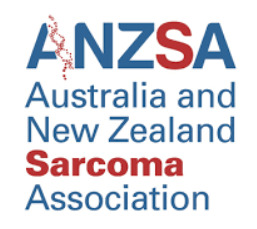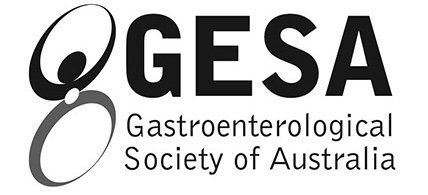HIGH RISK BREAST CONDITIONS
High risk breast conditions are benign conditions linked with a moderate increase risk of developing breast cancer, and may be associated with breast cancer at excisional biopsy.
Atypical Ductal Hyperplasia (ADH)
In atypical ductal hyperplasia (ADH), there is an overgrowth of abnormal cells lining the ducts of the breast. These cells share some of the features of ductal carcinoma in situ (DCIS) in terms of growth patterns and appearance.
Surgery (excisional biopsy) is generally recommended if ADH is found on core biopsy.
Women with ADH have a 4 to 5 times higher risk of developing breast cancer.
Atypical Lobular Hyperplasia (ALH)
In atypical lobular hyperplasia (ALH), there is an overgrowth of abnormal cells lining lobules of the breast.
Surgery (excisional biopsy) may be recommended if ALH is found on core biopsy.
Women with ALH have a 4 to 5 times higher risk of developing breast cancer.
Lobular Carcinoma In Situ (LCIS)
Even though it has the word “carcinoma” in its name, lobular carcinoma in situ (LCIS) is not a true breast cancer. LCIS occurs when cells that look like cancer cells grow inside the lobules of the breast but do not invade through the walls of the lobules into surrounding breast tissue.
Unlike ductal carcinoma in situ (DCIS), LCIS rarely develops into invasive cancer. However, there is a rare form of LCIS called pleomorphic LCIS (PLCIS) that may carry a higher risk of becoming invasive cancer.
LCIS is usually found on biopsy done for a nearby breast problem.
Surgery (excisional biopsy) may be recommended if LCIS is found on core biopsy to ensure it is the only abnormality there. This is especially true if the LCIS is described as pleomorphic (meaning the cells look more abnormal) or if it has necrosis (areas of dead cells).
Women with LCIS have a 7 to 12 times higher risk of developing breast cancer in both breasts.
Radial Scar
A radial scar, also known as a complex sclerosing lesion, is a growth that looks like a scar when the tissue is viewed under a microscope. It has a central core containing benign ducts. Growing out of this core are ducts and lobules that show evidence of unusual changes such as cysts and epithelial hyperplasia (overgrowth of their inner lining).
Radial scars are usually found on biopsy done for a nearby breast problem. Some radial scars are large enough to be detected on mammogram, and they can look like breast cancer. Radial scars larger than 6-7 mm have a higher chance of containing atypical hyperplasia (overgrowth of abnormal cells) or cancer cells.
A biopsy is required to differentiate radial scars from breast cancer.
Surgery (excisional biopsy) is generally recommended.
Radial scars are associated with a slight to moderate increase in the risk of breast cancer.
















